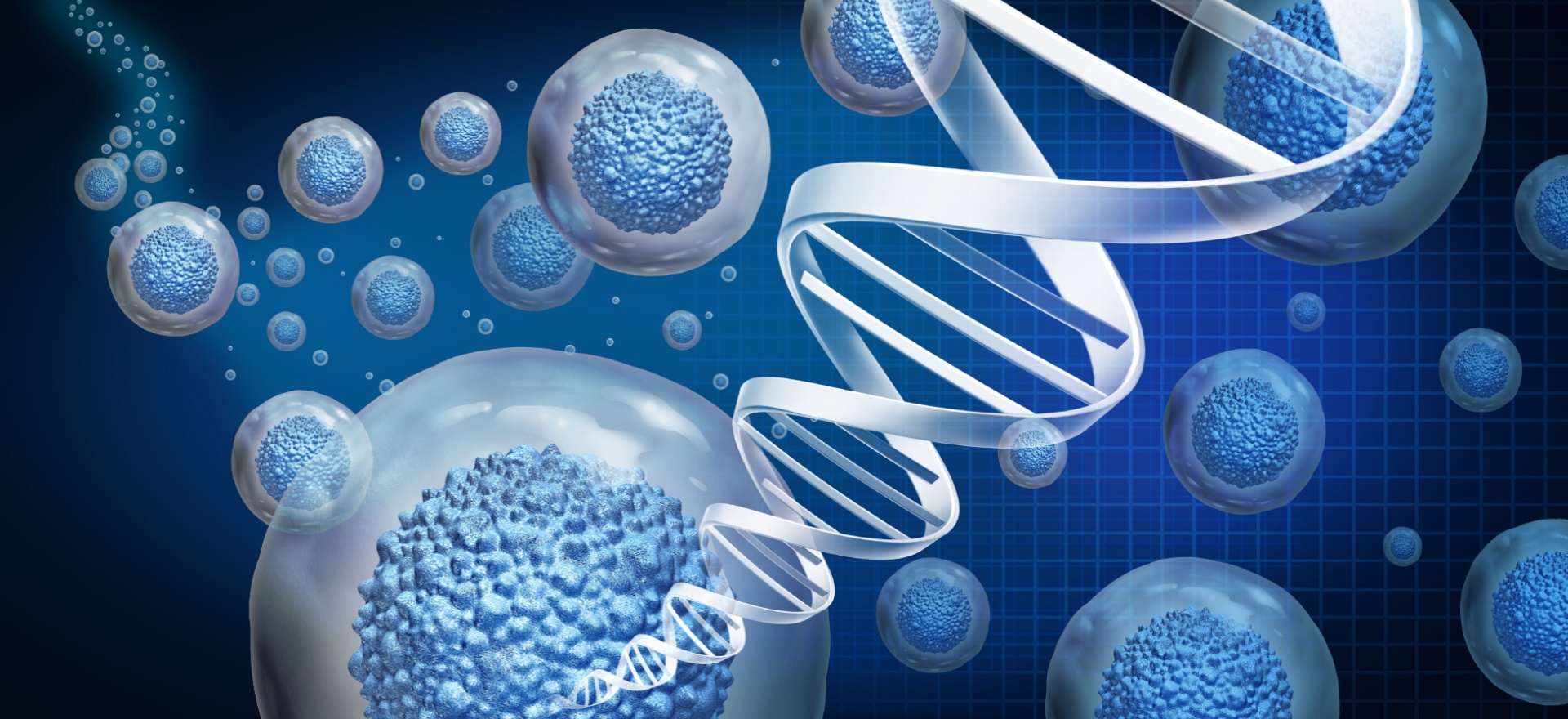



Acellular Allograft

aril® is a room temperature stable allograft derived from human placental tissue collected from consenting donors. Post-decellularization & stabilization, aril® is packaged in a double pouch packaging system and subjected to low-dose gamma irradiation. aril® is an allograft tissue intended for homologous use regulated by 21 CFR Part 1271 and Section 361 of the PHS Act.
aril® is configured as a precision-cut single layer of amnion shaped as an ellipse or disc. The configuration was selected and designed to maximize clinically usable surface area and limit necessary pre-operative manipulation of the graft. Seed Biotech, Inc. has shown a greater than 95% reduction in DNA using their proprietary decellularization process. [9] As a single layer of amnion, it is not necessary to emboss aril® as there is no side-specific orientation to the graft.

Clinical Advantage
aril® offers the clinical advantage of being an acellular precision-cut graft designed and produced under industry expert guidance for optimal safety, efficacy, and clinical practicality.
Medical Use
Amniotic membrane is a graft used to protect and jumpstart the healing of a wide range of ophthalmology, orthopedic, surgical, spinal, and wound-covering applications. [7] The anti-inflammatory and antimicrobial properties it exhibits are well-suited for use in ophthalmic applications.. Amniotic membrane has been proven to reduce the formation of adhesions and scar tissue, as well as accelerate healing. [2,3,4,5,6,7,8] Seed Biotech® leverages the natural protection offered by amniotic membrane in its product, in combination with proprietary processing technology, to create an acellular allograft amniotic membrane with clinically proven safety and efficacy.
RingBack Request
aril™ brochure
aril™ IFU
Amniotic Membrane Origins
The amniotic membrane, the innermost layer of the placenta, has a rich history of use in surgeries across various disciplines. This extensive use has led to a wealth of knowledge about its safety and effectiveness as a catalyst for biological healing. After thorough screening, eligible mothers can consent to donate this tissue via a scheduled Cesarean-section birth. This information is intended to inform and empower medical professionals, researchers, and individuals involved in tissue donation and transplantation.[1]
Ophthalmic Procedures
Corneal Defects
High Risk Trabeculectomies
Chemical Burns
SJS Stevens-Johnson Syndrome
Tumor Removal
Many More
Amniotic Tissue Properties
Anti-Inflammatory [2,3]
Anti-Microbial [4]
Reduces Scarring [2]
Reduces Adhesion [5]
Promotes healing [6]
Speeds Fibrogenesis and Angiogenesis [6]
1 Davis JS (1910) Skin transplantation with a review of 550 cases at the Johns Hopkins Hospital.
2 Solomon A, Rosenblatt M, Monroy D, Ji Z, Pflugfelder SC, Tseng SC. Suppression of interleukin 1alpha and interleukin1beta in human limbal epithelial cells cultured on amniotic membrane stromal matrix.
Br J Ophthalmology. 2001 Apr;85(4):444-9.
3 Hao Y, Ma DH, Hwang DG, Kim WS, Zhang F. Identification of antiangiogenic and anti-inflammatory proteins in human amniotic membrane. Cornea. 2000 May;19(3):348-52
4 King AE, Paltoo A, Kelly RW, Sallenave JM, Bocking AD, Challis JR. Expression of natural antimicrobials by human placenta and fetal membranes. Placenta. 2007 Feb-Mar;28(2-3):161-9. Epub 2006 Feb 28.
5 Tao H, Fan H. Implantation of amniotic membrane to reduce post laminectomy epidural adhesions. Eur Spine J. 2009 Aug;18(8):1202-12.. Epub 2009 Apr 30.
6 Sheikh ES, Sheikh ES, Fetterolf DE. Use of dehydrated human amniotic membrane allografts to promote healing in patients with refractory non healing wounds. Int Wound J. 2013 Feb 15.
7 Bhatia, Mohit, et al. "The mechanism of cell interaction and response on decellularized human amniotic membrane: implications in wound healing. “Wounds 19.8 (2007): 207- 217.
8 Kim JS, Kim JC, Na BK, Jeong JM, Song CY. Amniotic membrane patching promotes healing and inhibits proteinase activity on wound healing following acute corneal alkali burn. Exp Eye Res. 2000 Mar;70(3):329-37.
9 Early, Ryanne. Decellularized biomaterial from non-mammalian tissue. WO 2014110269, Jul 17, 2014A1
